Login
SubscribeBrush-up Summaries

Wearable Biosensors and Their Applications
Rebecca Roberts, PhD | Sep 11, 2023 | 5 min read
Allowing users to continually monitor biological signals over time, wearable biosensors pave the way toward personalized healthcare.

Tips and Tricks for Improving Laboratory Ergonomics
Melissa Afterman, MS, CPE | Aug 16, 2023 | 4 min read
Proper ergonomics minimizes risk factors in the laboratory to optimize individuals’ performance and well-being.

The Ins and Outs of LC-MS
Deanna MacNeil, PhD | Jul 24, 2023 | 4 min read
From proteomics to pharmacokinetics, researchers turn to advances in liquid chromatography and mass spectrometry to identify and quantify components in different samples.
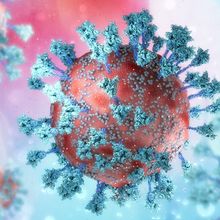
An Introduction to Glycoproteins
Rebecca Roberts, PhD | Jul 18, 2023 | 5 min read
Making up the majority of all eukaryotic proteins, glycoproteins have a wide range of important physiological roles, from cell-cell signaling to disease pathogenesis.
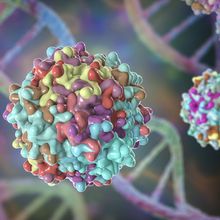
Introduction to AAV Gene Therapies
Nicole Stivers, PhD | Jun 29, 2023 | 4 min read
Small-scale successes in rare disease treatments prime large-scale industry innovations.
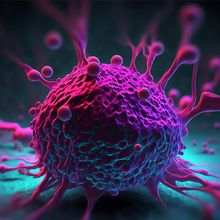
The Basics of the Tumor Microenvironment
Johanna Pruller, PhD | Jun 15, 2023 | 4 min read
Learn about the tumor microenvironment (TME), a key influencer of cancer growth, spread, and treatment success.

The Laboratory of the Future: How New Technologies Reform Research
Maria Gklotsou, PhD | May 29, 2023 | 4 min read
New advancements in automation, AI, connectivity, sustainability, and more propel research forward.
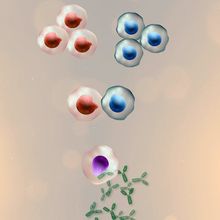
Understanding Hybridoma Technology for Monoclonal Antibody Production
Alpana Mohta, MD | May 9, 2023 | 5 min read
By fusing antibody-producing cells with immortal myeloma cells, researchers produce reliable supplies of highly specific antibodies.

Real World Data: Opening New Avenues for Health Research
Liliana Garcia Mondragon, PhD | Apr 28, 2023 | 4 min read
Scientists and clinicians increasingly use real world data (RWD) to make valuable discoveries that can be applied to the healthcare industry.
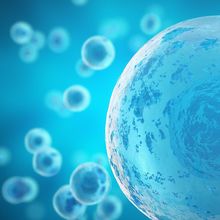
Single Cell Sequencing in a Nutshell
Niki Spahich, PhD | Mar 31, 2023 | 4 min read
By exploring the inner workings of individual cells, rather than averaging bulk populations, researchers identify rare and important cell subtypes.

Context Is Key: Unlocking Tissue Complexity with Spatial Biology
Deanna MacNeil, PhD | Mar 13, 2023 | 4 min read
Scientists combine spatially resolved imaging analyses with cutting edge single cell techniques for greater insight into fundamental and disease relevant pathways.

Cellular Senescence: Why Do Cells Stop Dividing?
Elina Kadriu | Feb 28, 2023 | 4 min read
Senescent cells undergo major morphological and metabolic changes when at the end of their lifespan.

Programmed Cell Death: Mechanisms for Cellular Self-Destruction
Elina Kadriu | Feb 15, 2023 | 6 min read
Cells use a variety of programmed cell death (PCD) mechanisms to maintain homeostasis, including apoptosis, necroptosis, and pyroptosis.
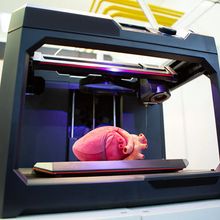
Artificial Organs: Innovating to Replace Donors and Dialysis
Deanna MacNeil, PhD | Jan 20, 2023 | 4 min read
Scientists employ cutting edge tools and techniques to create artificial organs for research and disease therapeutics.
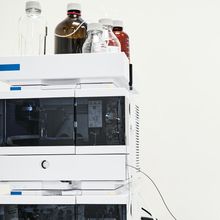
An Introductory Guide to Proteomics
Sejal Davla, PhD | Jan 16, 2023 | 5 min read
Deconstructing concepts, approaches, and data analysis in proteomics workflows.
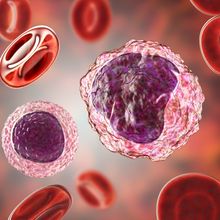
PBMCs: Mononucleated and Multipurposed
Deanna MacNeil, PhD | Dec 16, 2022 | 4 min read
Researchers employ peripheral blood mononuclear cells (PBMCs) in clinical and academic applications related to the immune system and regenerative medicine.
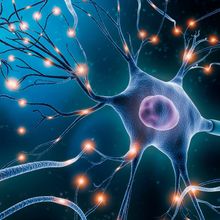
How Do Neurons Work?
Jennifer Zieba, PhD | Dec 15, 2022 | 6 min read
Neurons transmit information through the body via chemical signals and electrical impulses.

Beyond Individual Nutrients: Complex Diet and Cancer Connections
Deanna MacNeil, PhD | Dec 6, 2022 | 4 min read
Scientists develop cancer nutrition guidelines based on research examining how dietary patterns affect cancer risk and prevention.
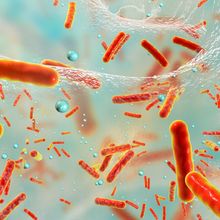
Brush Up: Quorum Sensing in Bacteria and Beyond
Deanna MacNeil, PhD | Nov 1, 2022 | 4 min read
Microbes communicate with quorum sensing to coordinate their behavior in response to how many neighbors they have.
